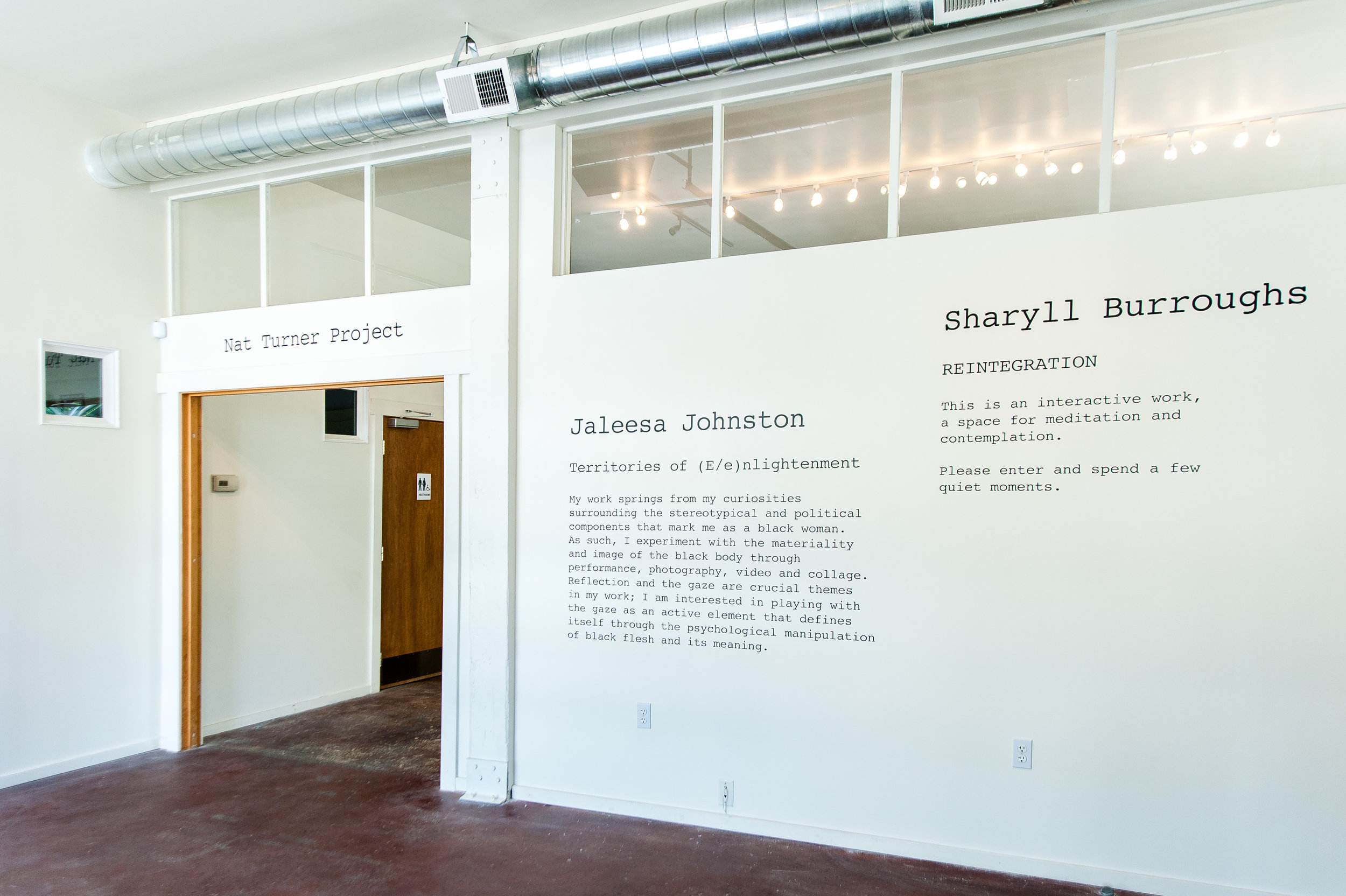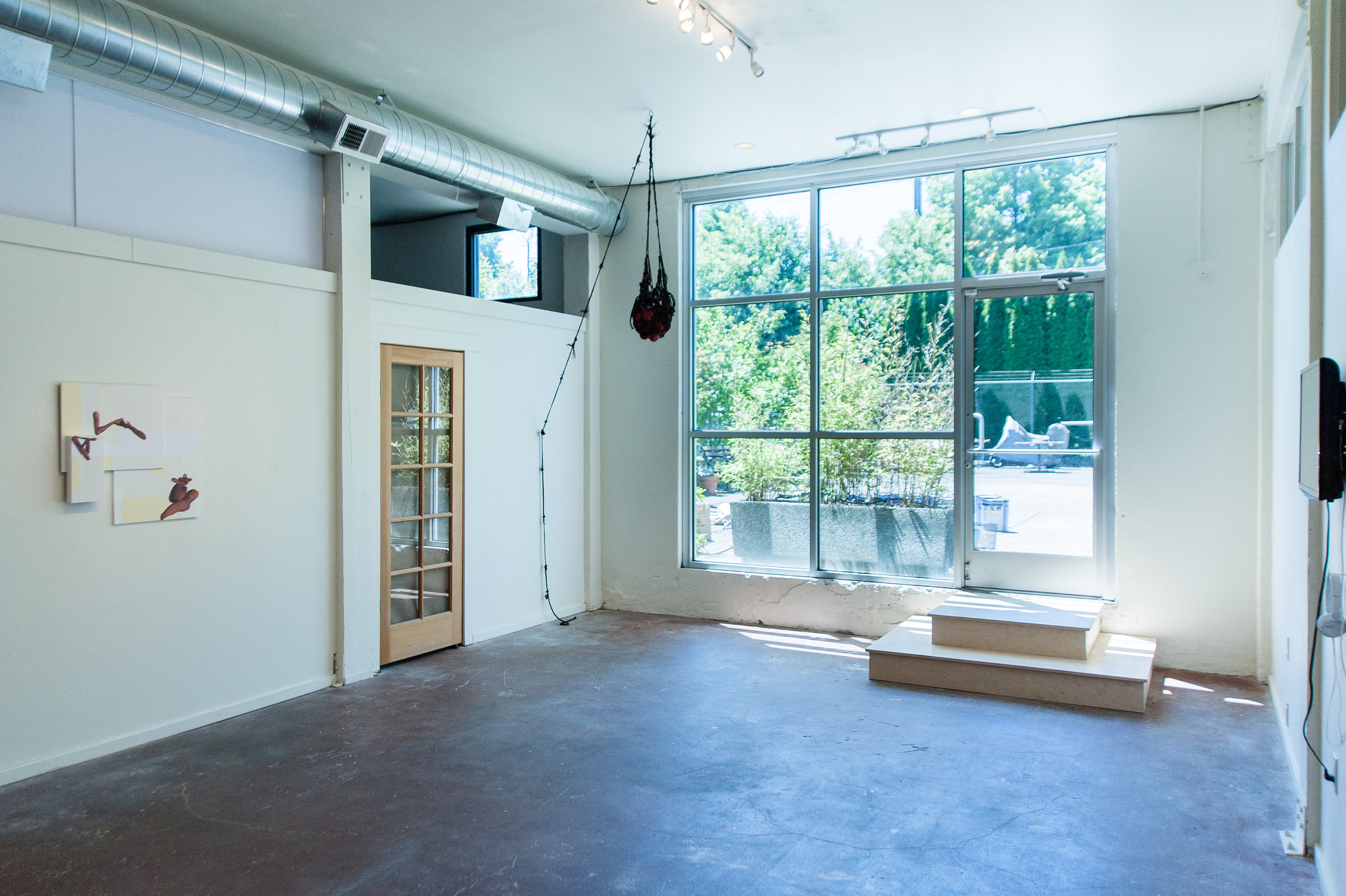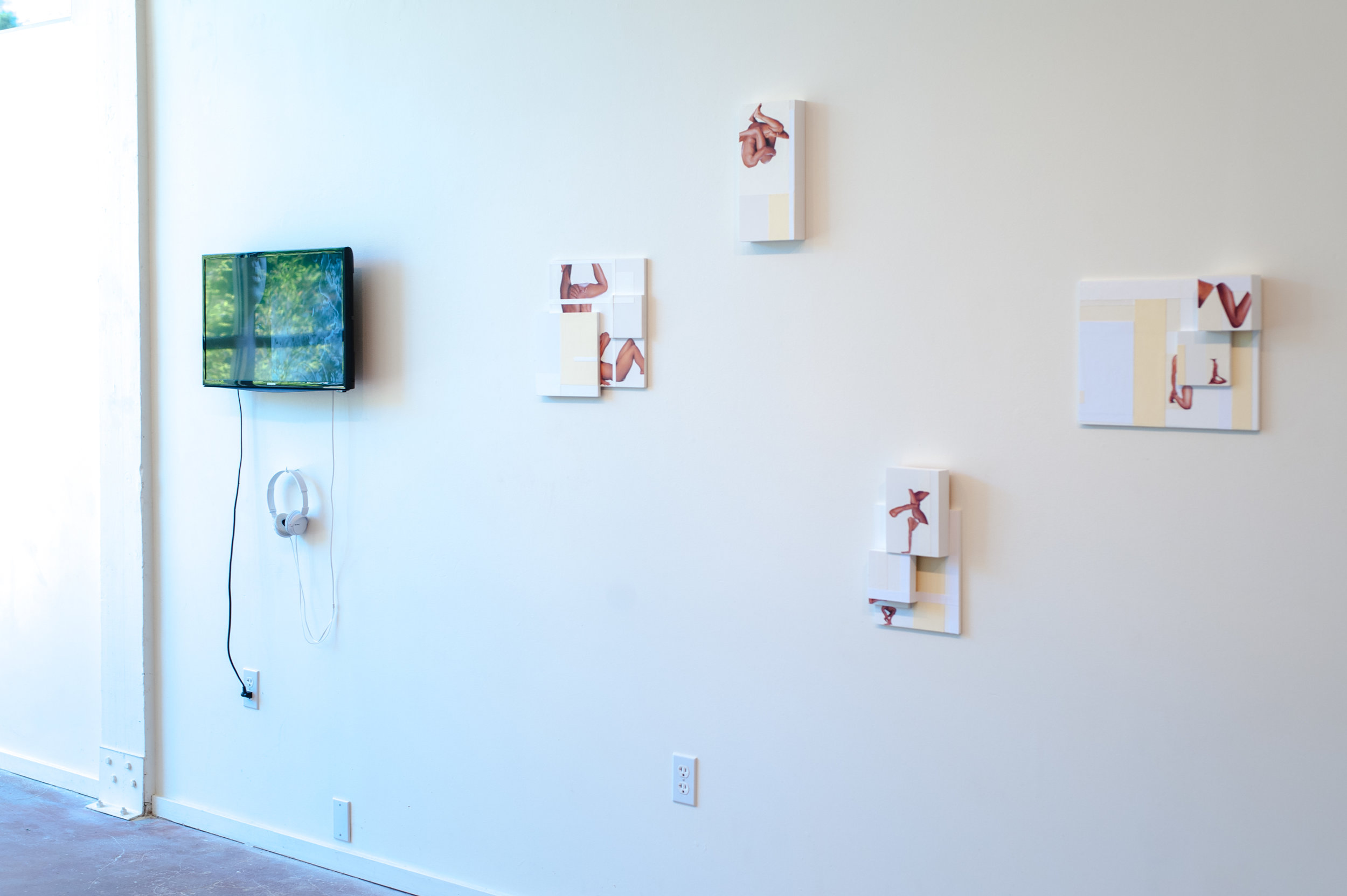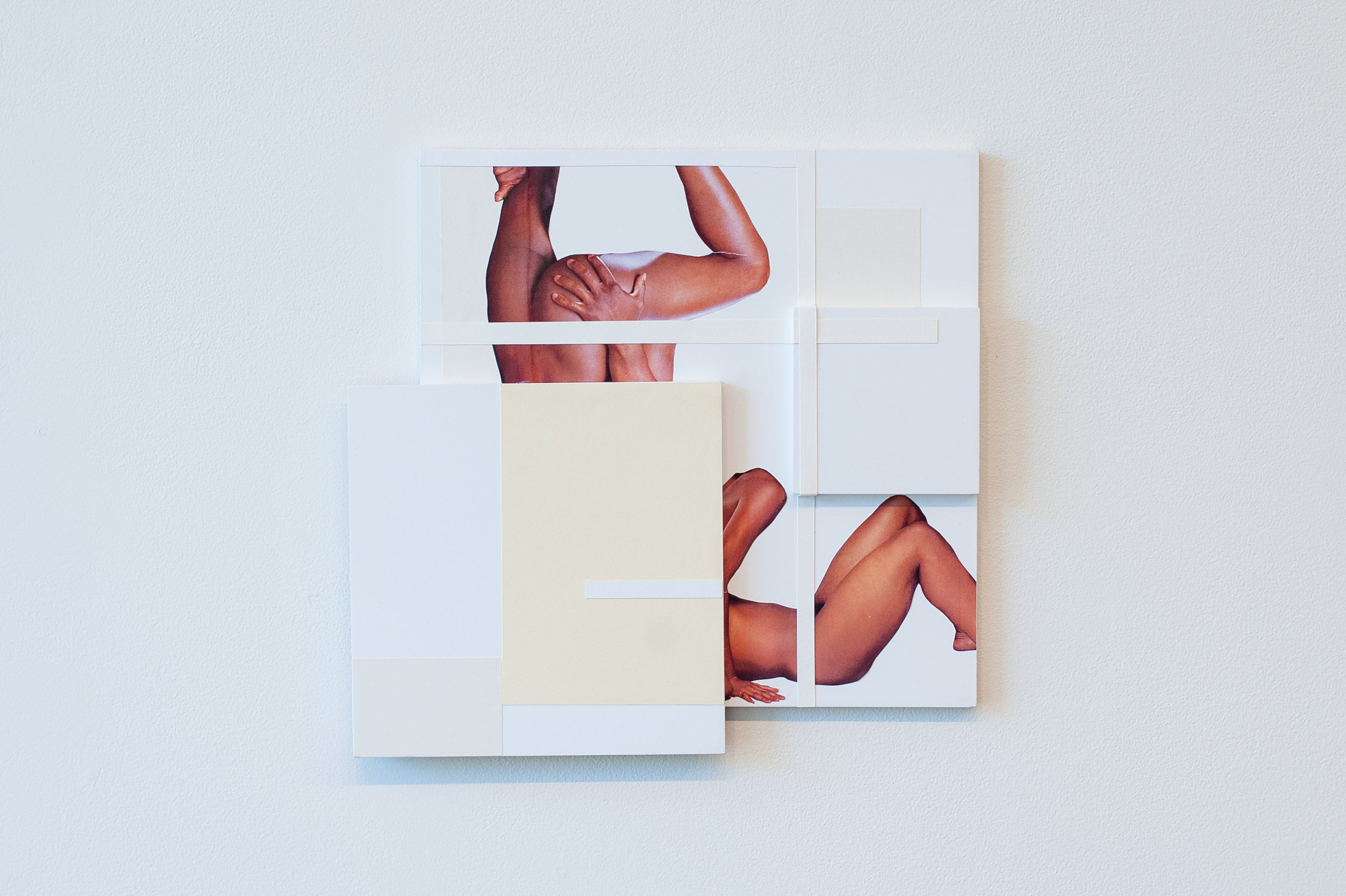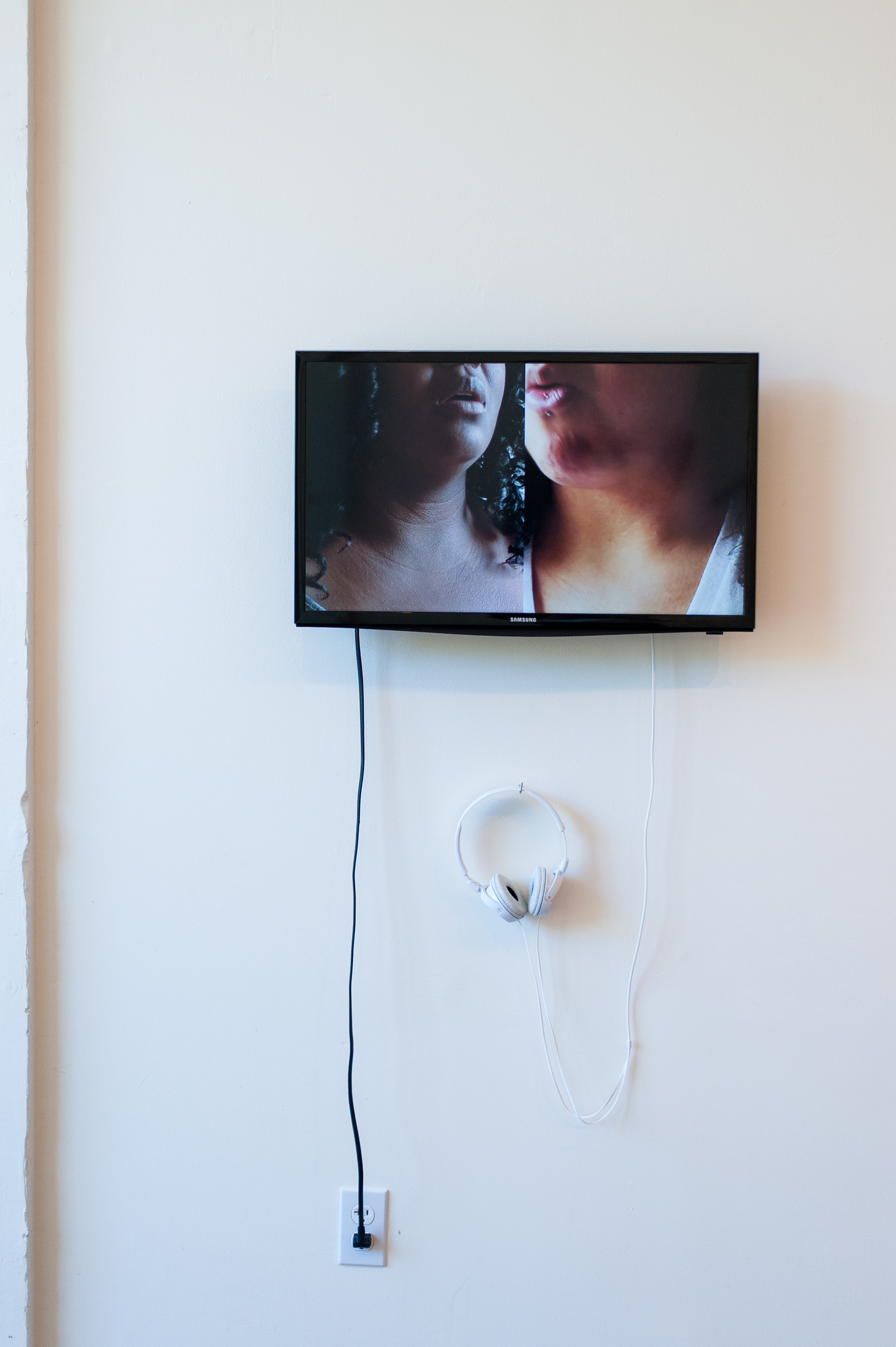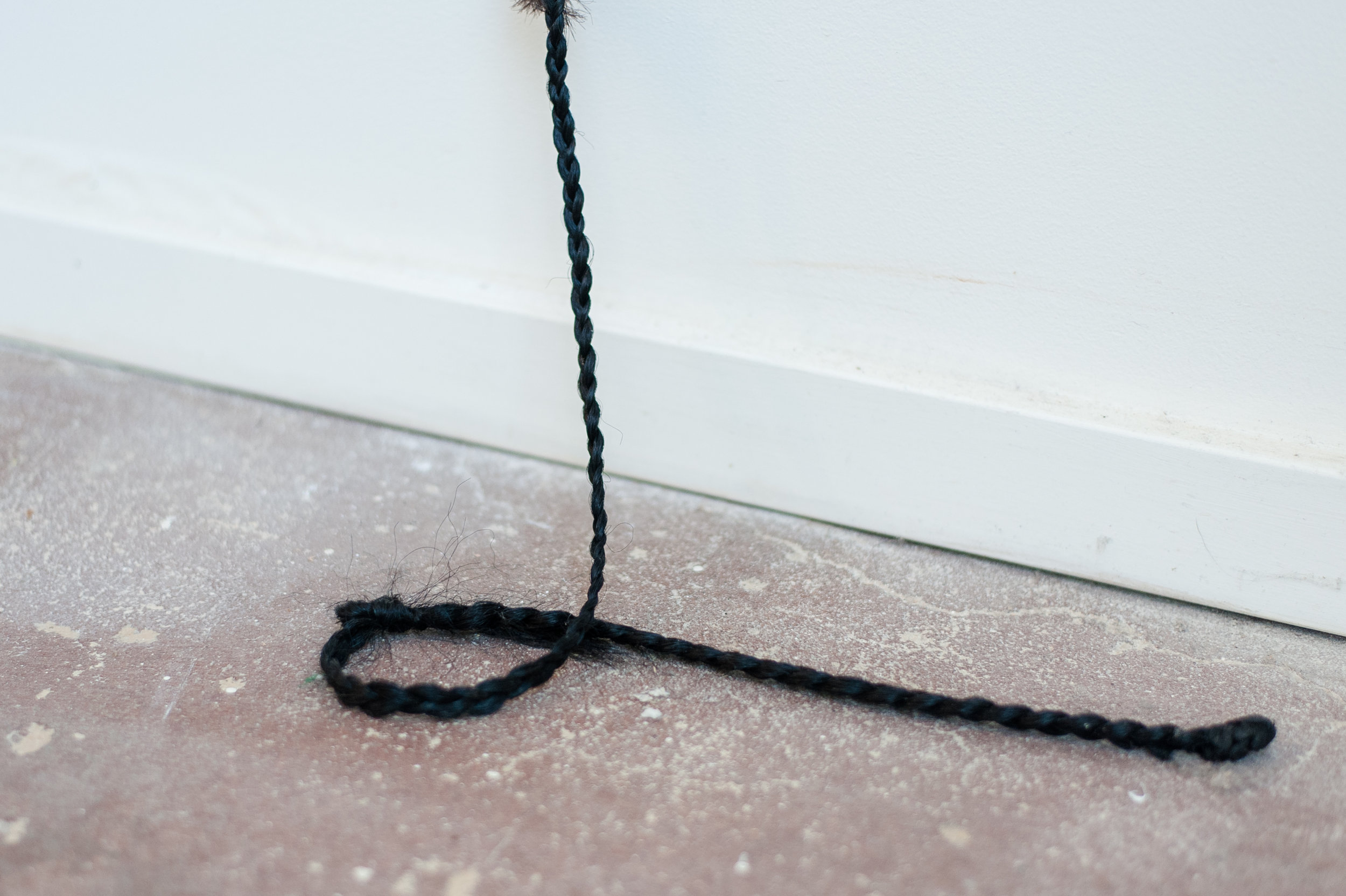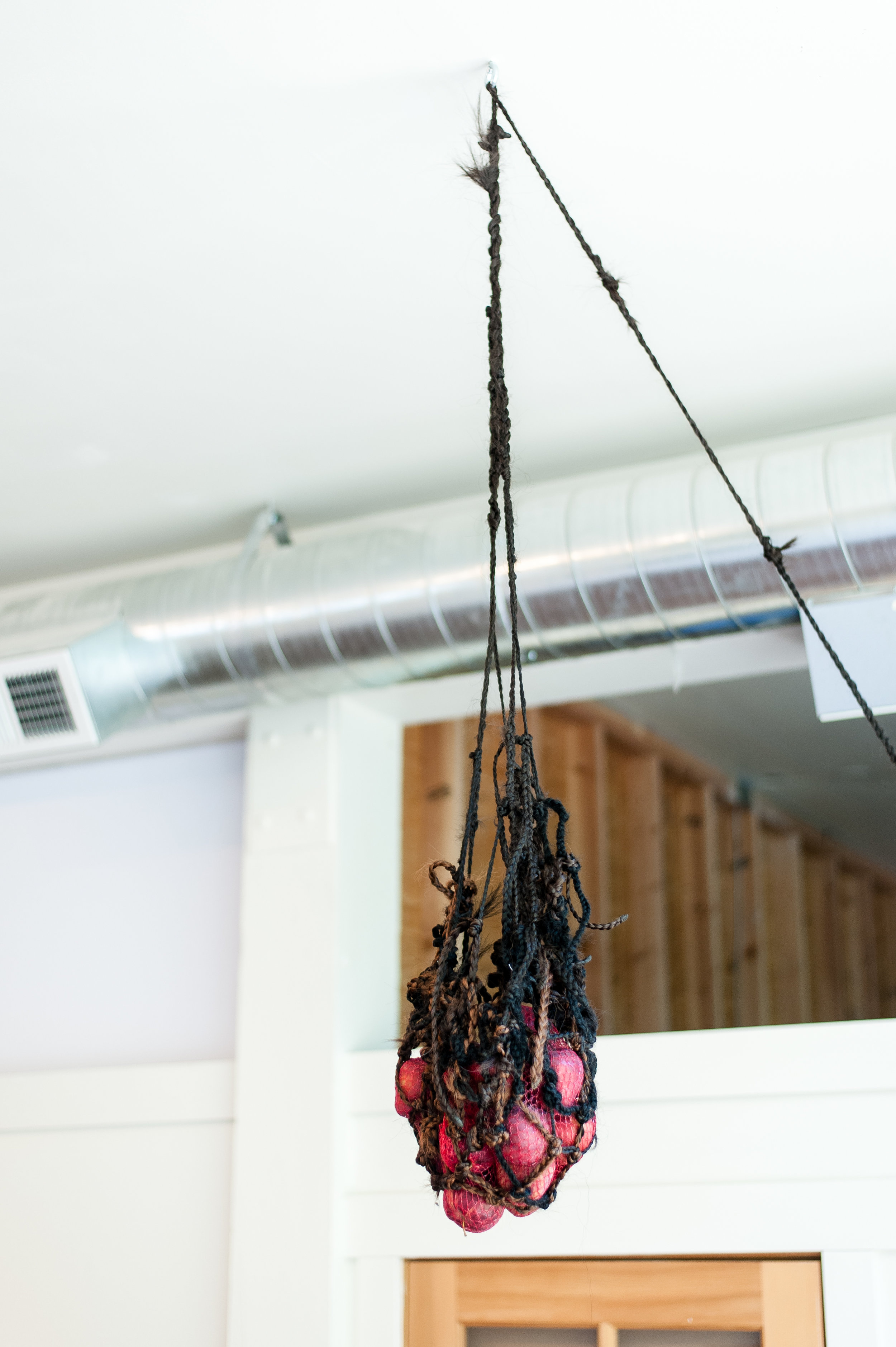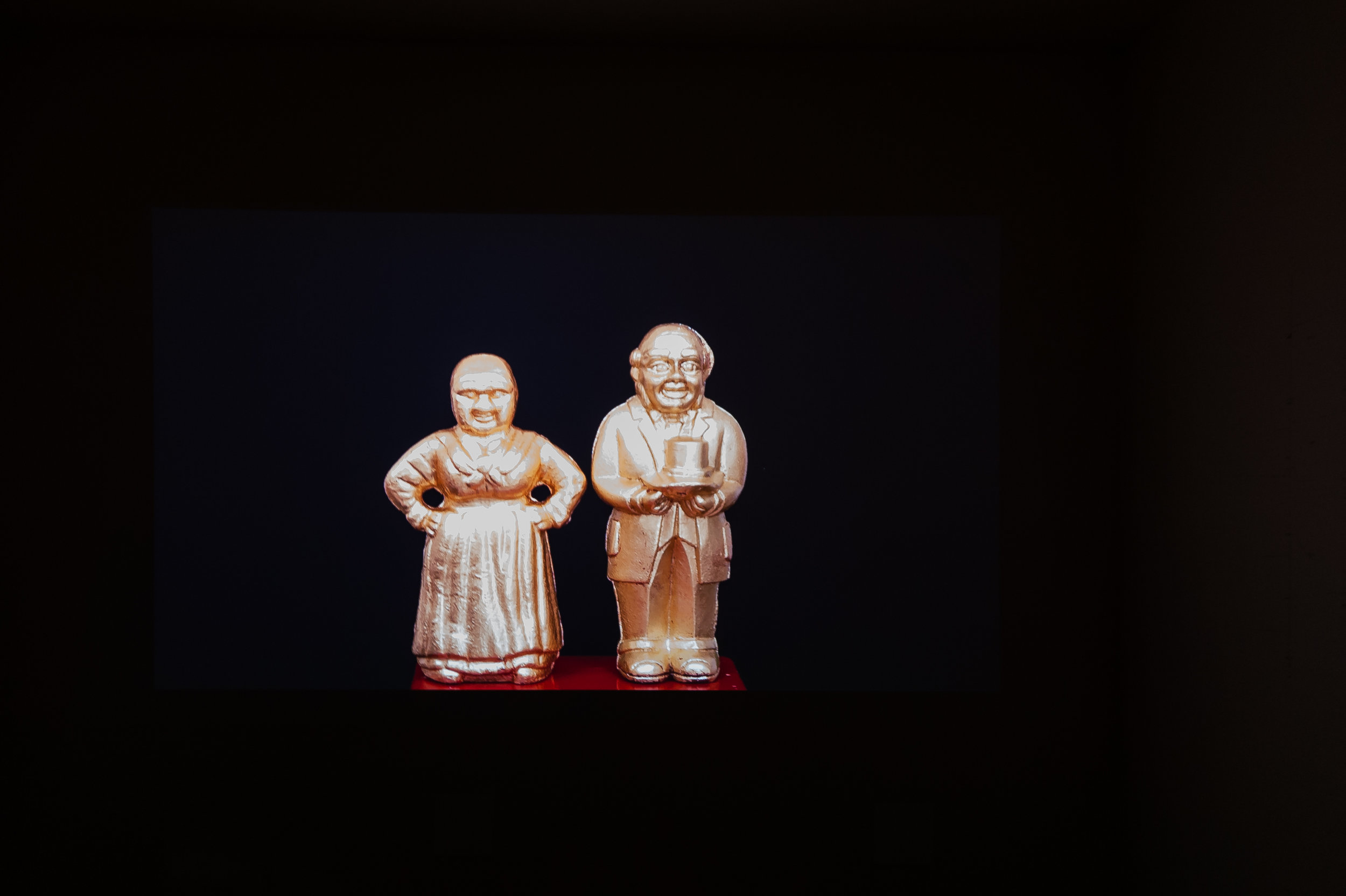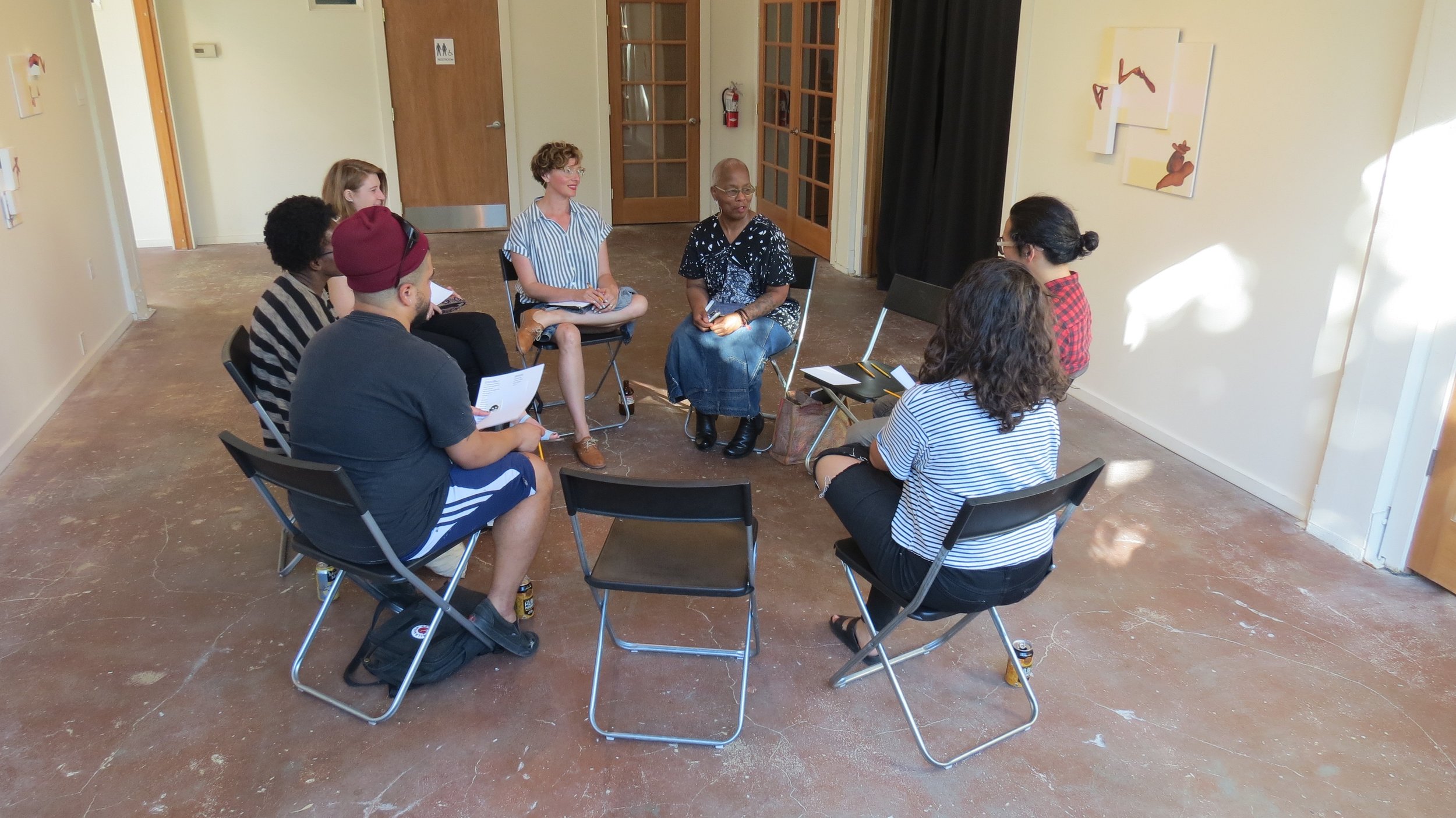Sharyll Burroughs is a multidisciplinary artist who creates work to provoke new dialogues that challenge and transcend conventional ideologies about what identity means and the ways in which it’s discussed. A student of the human condition, Sharyll utilizes Buddhism, along with the practice of self inquiry, to explore the concept of identity beyond racial, cultural, and societal parameters. She attended the Santa Monica College of Design, Art, and Architecture, a school founded by MacArthur Genius Fellow, Joan Abrahamson. Her work has been featured in solo and group exhibitions in Los Angeles, California and in Portland, Oregon where she now resides.
Jaleesa Johnston is a mixed media artist currently working in Portland, OR. She holds a BA from Vassar College and an MFA from the San Francisco Art Institute. Her work explores the black female body as both subject and material through performance, video, photography, sculpture and collage. Jaleesa’s work interrogates the defining power of the gaze and its relationship to the formation and destruction of the psychology of blackness.
The N-Word Sessions: subverting banalities
sharyll burroughs
by maximiliano
sharyll burroughs is one of the two artists we exhibited for our june show at c3 : initiative, the other being jaleesa johnston. sharyll works in a variety of media, and for this show her art was a combination of installation and performance. sharyll uses objects, images, text, and language to explore feelings around conversations of race.
for this exhibition sharyll showed a projection of golden figures of a mammy and uncle. the projection filled the wall. and for her performance the n-word sessions: subverting banalities, burroughs in a private room, sat at a table and participants would come one at a time and sit with her and she would say n**** to them and ask the participants to say it as well. burroughs performed this piece for over two hours, with a constant and long line.
Living with Whiteness: On Jaleesa Johnston’s “Territories of (E/e)nlightenment”
By Melanie Stevens
Fingers, hands, and arms of various and rich hues of brown serve as striking points of contrast amongst small squares within squares of white and off-white tones. Of themselves, these bodies are far from passive. Quite the opposite: they seem to possess a singular determination: whether reaching for their own forms or connecting to another, they begin to tell a story as universal and fundamental as the air we breathe: the human necessity of multiplicity; the validation of being seen, heard, and felt.
But all of the stories within this deceptively unassuming series, with quick and slicing titles such as “Off White and Flesh” and “Pure White and Flesh”, are quietly and brutally redacted, obscured, distorted and contorted by various structures of rectilinear whiteness, repositioned on a grid that is slowly consuming those bodies as their own, reforming them to new ends and standards. Those connections are made spectacle, reduced to something less detectable and more insidious, and swallowed within the invisibility of the unseen: the myth of default whiteness. This is a myth that stretches as far as the walls upon which these collages are hung, and interrogates the construction of minimalism as an apt metaphor for the whiteness that consumes these figures: a calculated campaign of blankness and emptiness that requires an entire societal contract of participation to uphold; perhaps even those being crushed within it.
“Food for Thought” features intercut shots of pastoral scenes and waterscapes spliced in with split channel videos of a woman (with the camera centered on her lower jaw, throat, and neck) eating fruit while the jarring sound of crunching metallic or glass materials serve as a soundtrack. The video plays with audio and cinematic cues to create a sense of unease and foreboding that is never quite delivered…perhaps because we are already, unwittingly, there. We are already living in the terror and this video is not an implication of what’s to come, but a documentation of what has already occurred.
Finally, “Strange Fruits of Labor” is a sculptural remnant of braided synthetic hair woven into a net which holds apples, dangling precipitously from the ceiling, in the corner. It is a piece that is charged with histories: allusions to the legacy of the unspeakable tragedy of America’s founding and maintenance; to the weight and burden of those memories upon us all, whether acknowledged or ignored; to the modern-day machinations of these events: assimilation, reformation, and lives cultivated in precarity.
“Territories of (E/e)nlightment” uses the ample space around it to fill in the historic and psychological silences which we are both complicit in and that continue to weigh us down. Indeed, all of those spaces are overflowing with moments of beauty and triumph. Whether it is because of or despite of…well, that is entirely your question to ask and answer.

